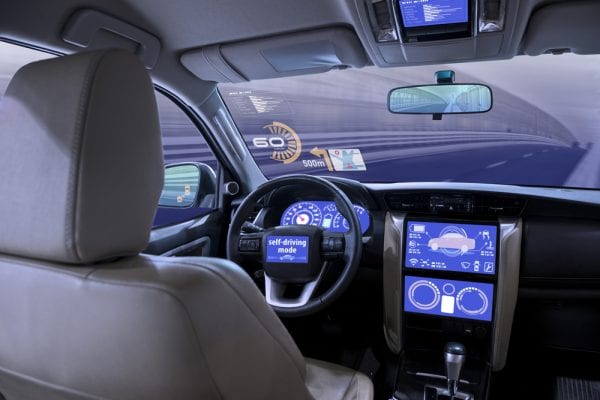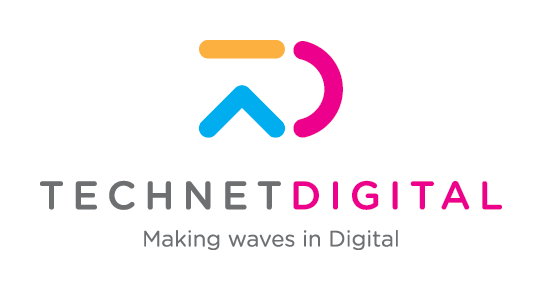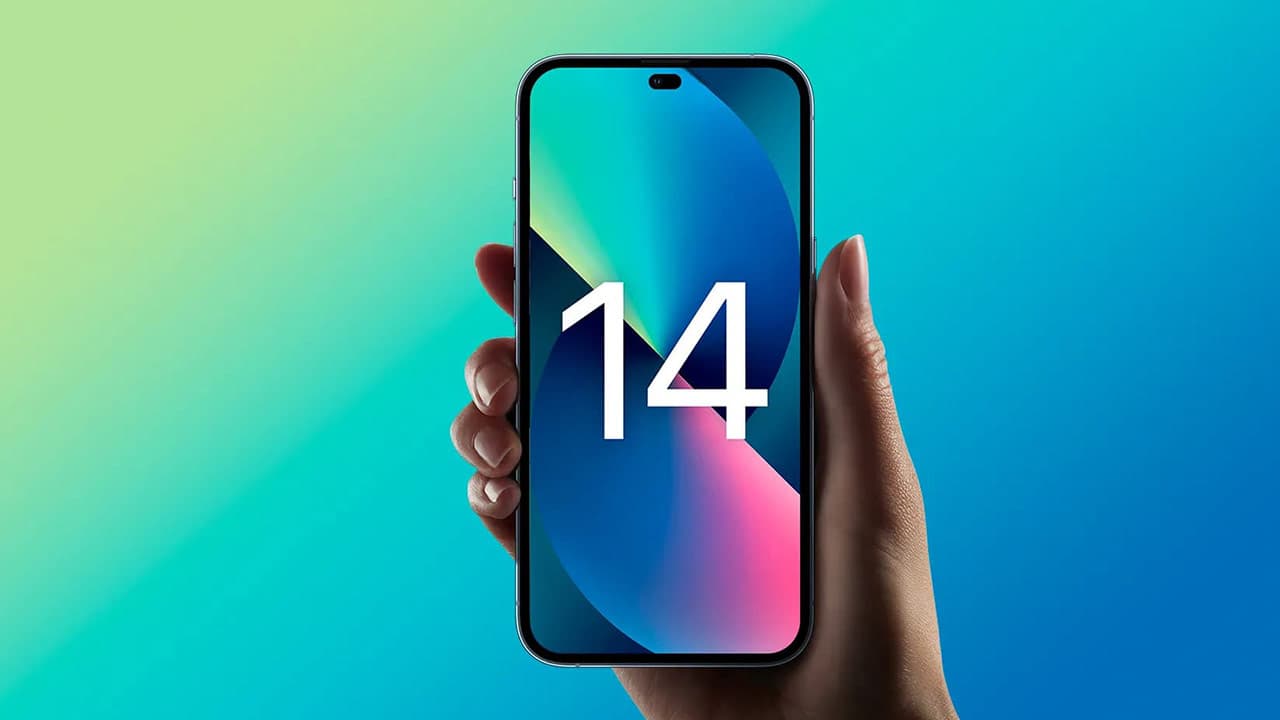
AR HUD Industry to be Worth Over £3 Billion by 2025
The automotive Head-Up Display (HUD) industry is off to a good start, with experts estimating that it will be worth more than £800 million this year because of the increasing demand for advanced automotive safety functions. PR Newswire reports that the market is expected to grow and reach $4.3 billion (£3.3 billion) by 2025, with a compound annual growth rate of 25.28%.
HUD is a digital transparent image projected onto the windshield of a car or screen of a smart device. It displays the same information drivers would normally see on their dashboards. This minimises accidents due to distracted driving by allowing drivers to view information on their dashboard without taking their eyes off the road.
The same PR Newswire report also states that Europe is expected to dominate the automotive HUD marketplace as it already has significant premium and luxury car markets. Europe is also leading the way in adopting advanced automotive technologies, as the region’s regulations are heavily in favour of automotive innovations dedicated to vehicle and road safety.
Smart technology is transforming how we monitor our vehicles while we drive, with fleet companies using tracking data to help improve fuel efficiency. A long form post on Verizon Connect outlines how fleet companies can improve fuel efficiency by using tracking apps that identify poor driving habits and when the vehicle needs to go into the garage. At the moment this information is relayed through smart devices, but in the future this is the type of data that HUD displays could potentially show. The displays will allow drivers to instantly adjust their driving habits to save money and be safer. Of course, HUD is not the final destination of this technology. The next step forward will be autonomous vehicles. Last year, driverless cars were tested on London’s roads showing how close the country is to autonomous vehicles. Much of the technology found in HUD displays will be used to help computers drive vehicles in the future.
An article on Digital Trends claims that HUDs are now becoming common place in new cars through smart devices. Affordable alternatives are already on the market, like Hudway’s Cast, which allows users to “cast” their phone screen to become a heads-up display. This makes navigation easier as drivers no longer need to look down to check their GPS screen, which is often located beside the steering wheel in most cars. Even though it is displayed on a phone, having the map at eye-line level is a lot safer.
However, the plan is to remove a device that provides HUD capabilities and have the HUD directly on the windscreen. This is why augmented reality (AR) will be key in the future development of HUD technology. The world has already begun to implementing AR more widely, and here on TechNET Digital Recruitment we are very familiar with the capabilities of AR and the practical uses it has in the real world. For one, cosmetic companies can use AR to show customers what they would look like with specific makeup on, while passengers are using it to help them navigate their way through airports.
There is no shortage of what today’s technology can do to improve how we go about our lives. As AR and HUD technology becomes more widespread, expect the 4 billion to reach 10 of billions in the not too distant future.
Article written by: Dana Crawford





